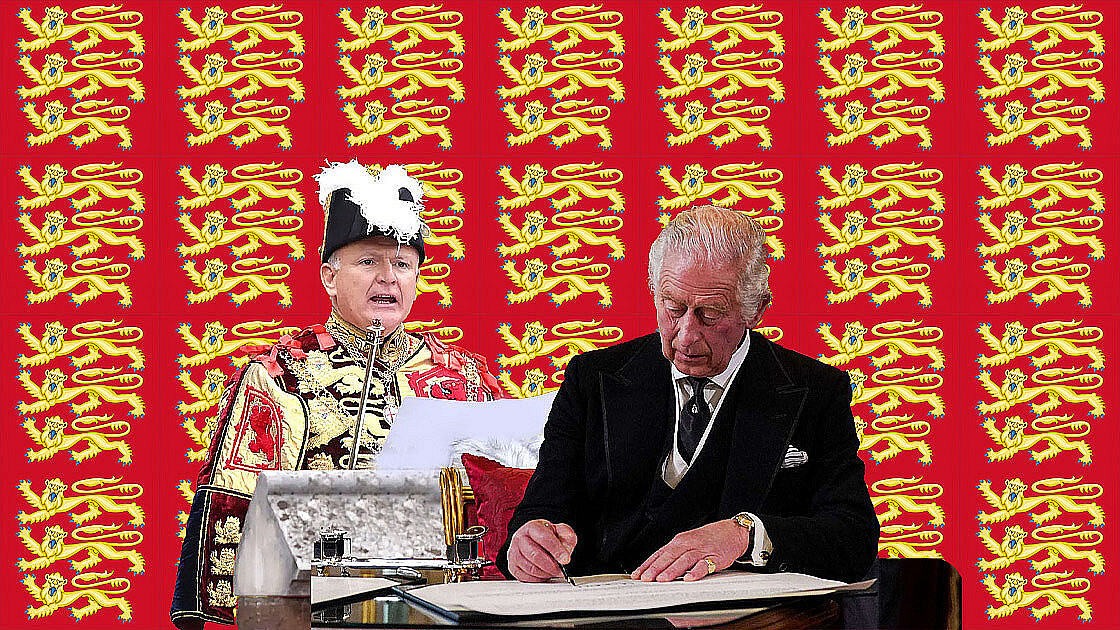Queen Elizabeth II Accession
From 1952 until 2022, Accession Day took place on 6 February, during the reign of Elizabeth II. The present monarch, Charles III’s, accession day is 8 September. Accession Day is observed in the United Kingdom by flying specific flags and various official functions.
On 6th February 1952, H.R.H. The Princess Elizabeth succeeded her father, King George VI and took the name Elizabeth II. When she was born on 21st April 1926, there was little to indicate that this would be her destiny. Her father, H.R.H Prince Albert, Duke of York, was born on 14th December 1895 — a less than felicitous date. It was the thirty-fourth anniversary of the death of Queen Victoria’s husband, Prince Albert, the Prince Consort. It was also the seventeenth anniversary of the death of their second daughter, Princess Alice, wife of Louis IV, Grand Duke of Hesse. Prince Philip of Greece, born in 1921, who was to loom large in the life of The Princess Elizabeth, was through this Hessian connection the great-great-grandson of Queen Victoria.
REED MORE BELOW
[Salute to commemorate The Queen’s Accession]
Download PDF copy of “The Queen’s Accession” by John Barrington Paul
H.R.H. The Princess Elizabeth (now Her Majesty The Queen) broadcasts her speech on the occasion of her twenty-first birthday to the British Commonwealth and Empire through the wireless.
‘I declare before you all that my whole life whether it be long or short shall be devoted to your service and the service of our great Imperial family to which we all belong.’ God Save The Queen! Long may she reign!




